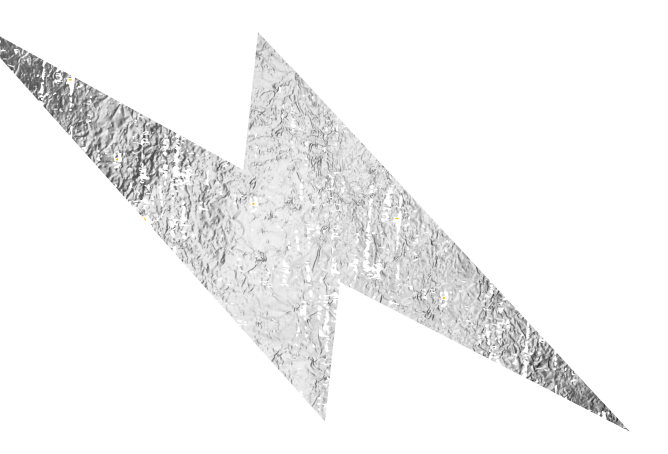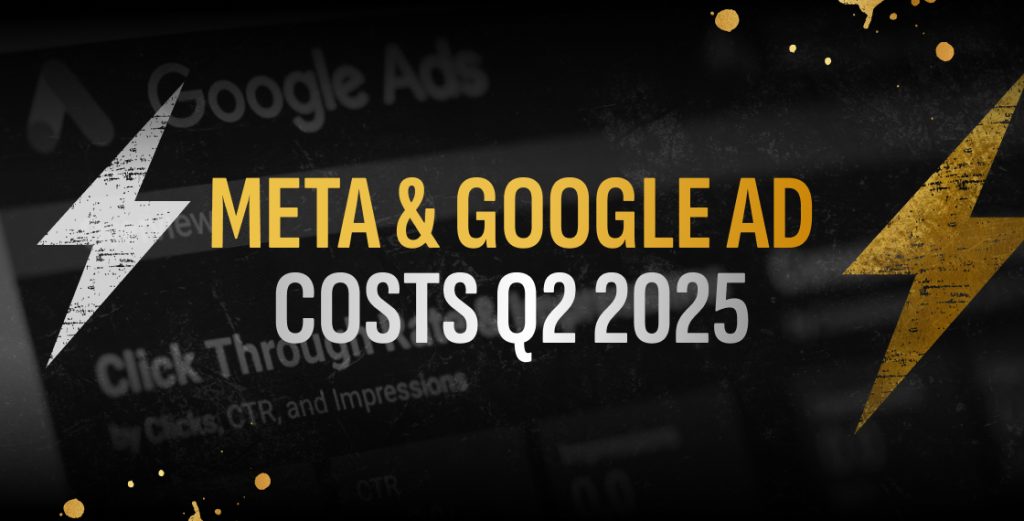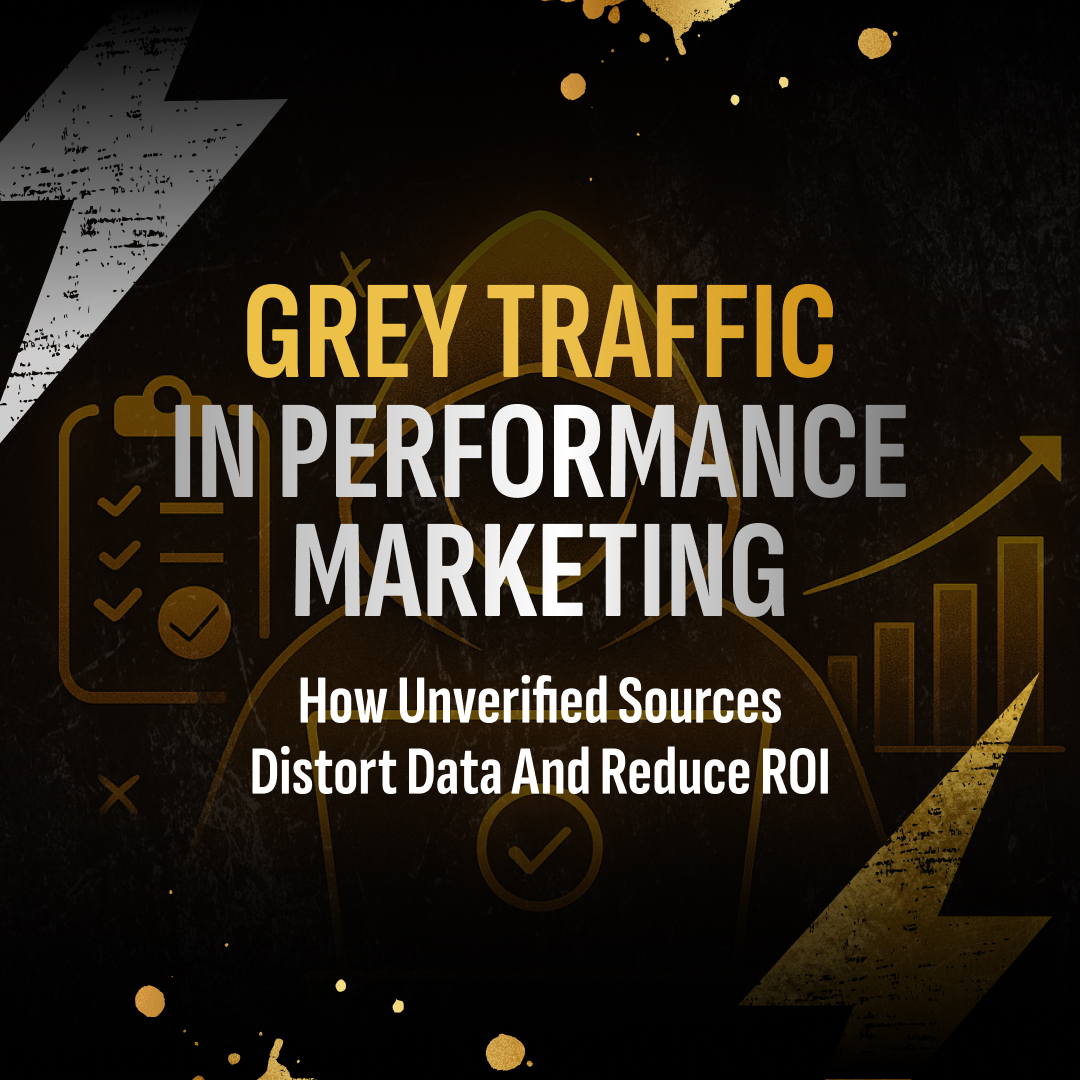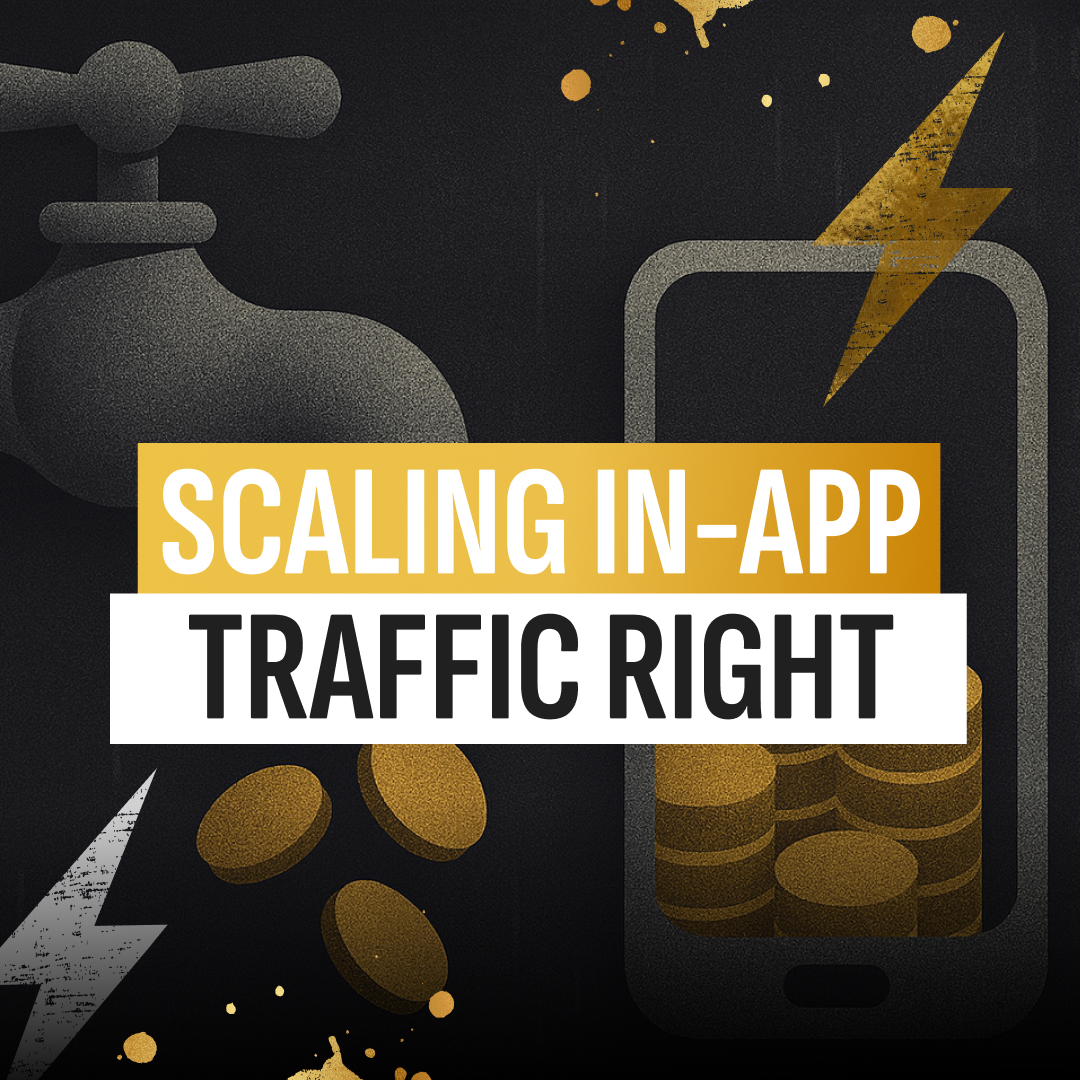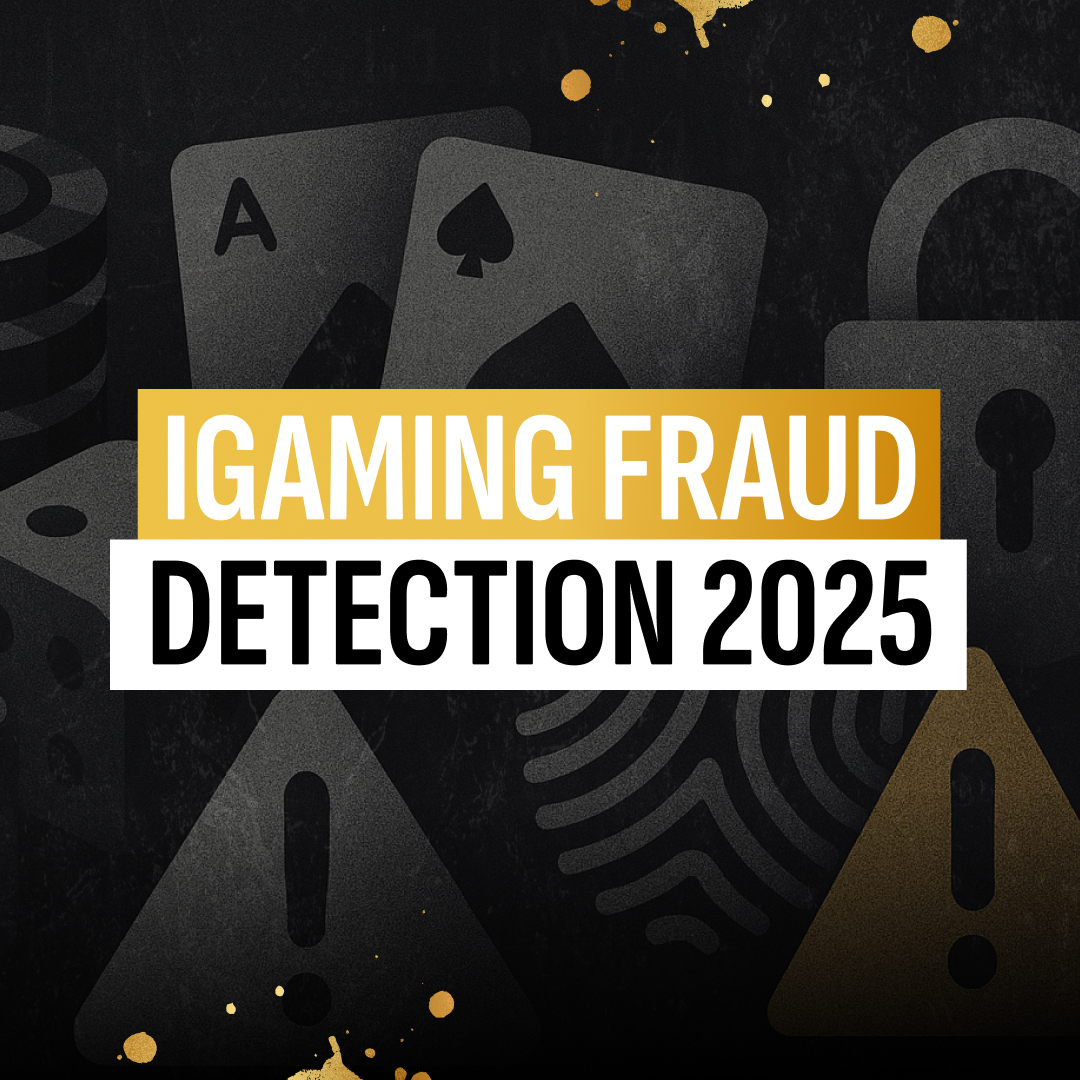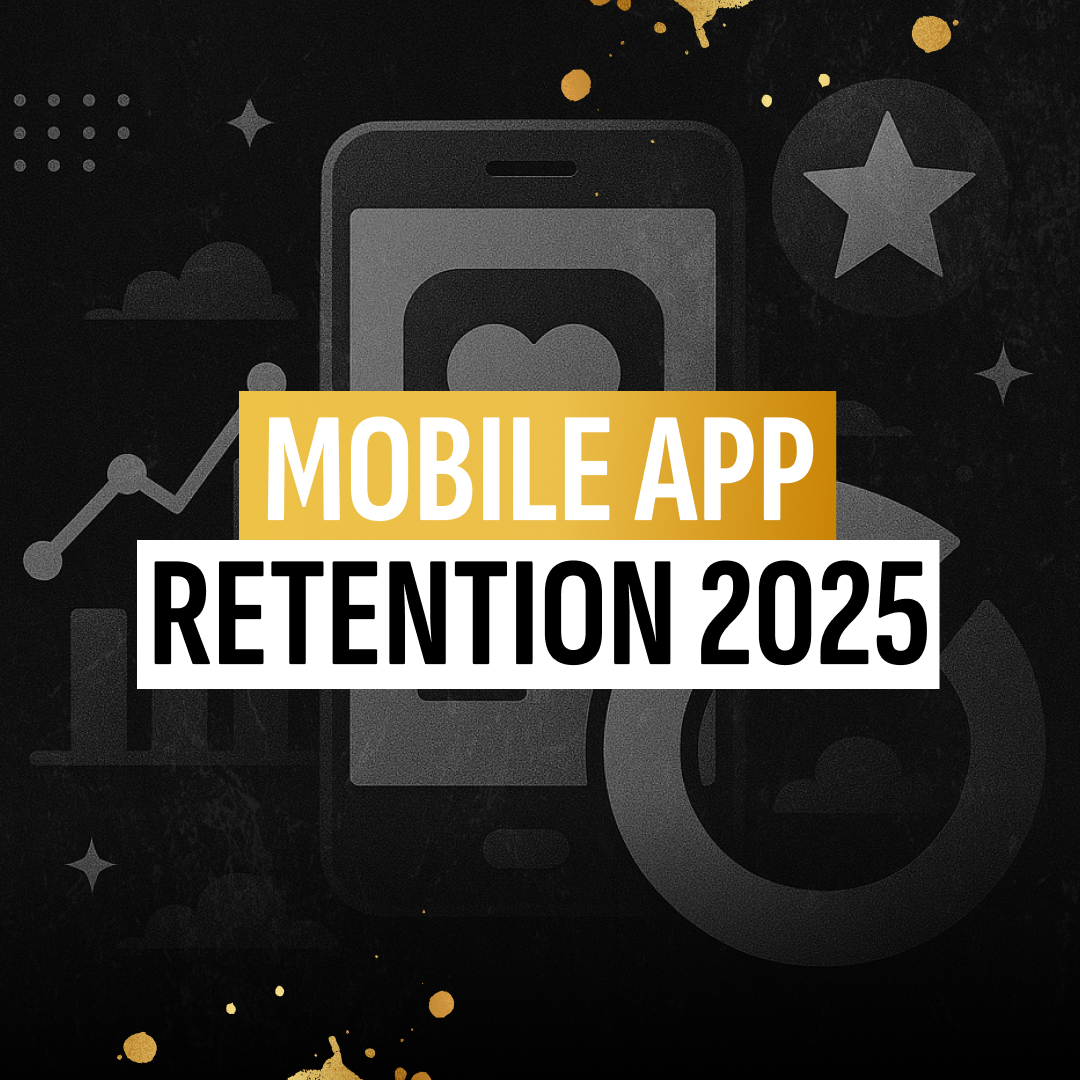Cost per click (CPC) and cost per mille (CPM) surged sharply across Meta and Google in Q2 2025 - and iGaming felt it harder than most. As auctions became denser and regulatory targeting narrowed available inventory, advertisers faced steep increases in acquisition costs.
Data from RockApp campaigns, combined with Appsflyer and agency-side benchmarks, confirm the pressure. In key iGaming verticals, average CPC rose by 18-24%, and CPM increased by up to 30% on Meta. Google followed with more moderate but still notable growth - especially in branded and competitive keyword groups.
This is no longer a seasonal fluctuation - it's a shift in paid media economics. Here's how iGaming marketers are adapting.
Q2 2025 Ad Cost Trends: What the Numbers Show
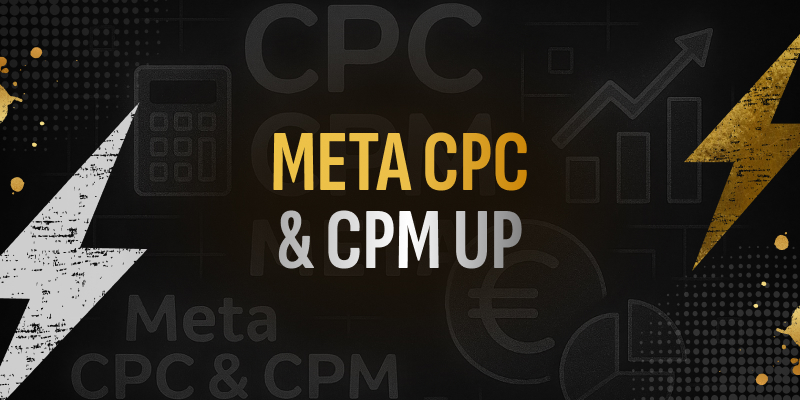
Meta (Facebook & Instagram)
- CPC (iGaming vertical): +21% QoQ
- CPM (Tier-1 GEOs): Up to $32 average (vs $24 in Q1)
- Top cost drivers: Limited inventory, reduced optimization windows, aggressive auction bidding from fintech and crypto brands
- Best performing placements: Reels, Stories, Audience Network native
Google Ads (Search & UAC)
- CPC (branded queries): +14%
- CPC (non-branded): +20–22% across casino/slot terms
- CPM (UAC App campaigns): +17%
- Top pressure points: Auto-applied recommendations increasing bids; aggressive local campaigns by white-label operators
These jumps hit both acquisition and retargeting budgets. Campaigns without clear performance infrastructure suffered from inflated CPL and suppressed ROAS.
Why iGaming Was Hit Harder

Paid acquisition in iGaming depends on tight targeting, fast creative iteration, and precise pacing. In Q2, several forces aligned to increase friction:
- Ad policy restrictions limited audience expansion
- Auction intensity from non-iGaming verticals pushed up floor prices
- Regulatory updates in EU narrowed retargeting and lookalike pool depth
As a result, ROAS volatility increased by 15-20% across high-volume campaigns in regulated GEOs.
RockApp’s Performance-Proven Adjustments
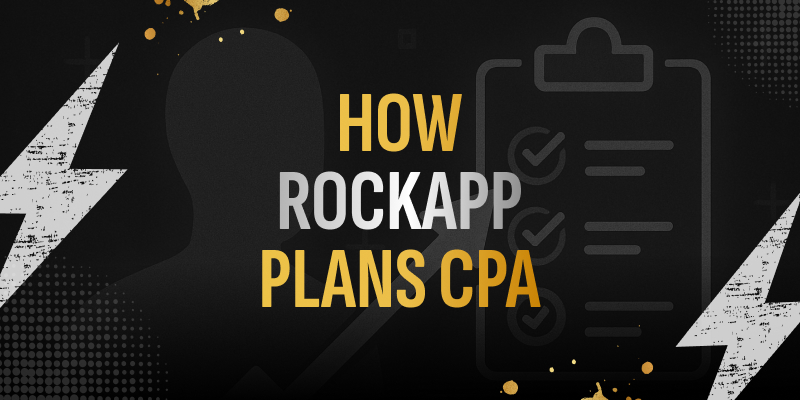
Our teams restructured budget allocation and funnel strategy in Q2 to maintain CPA stability. Key levers included:
1. GEO Weight Rebalancing
Shifted ~27% of test budget to Tier‑2 GEOs with lower CPM floors and stable conversion quality - including parts of LATAM, CEE, and selected African markets.
2. Creative Signal Structuring
Used data-validated hooks with clear user journey mapping in first 3 seconds of video. Dynamic win state and compliance-safe overlays became standard.
3. Keyword Tiering & Pacing
Split brand campaigns into precision and conquest clusters, with pacing rules based on cost tolerance thresholds. Automated pausing by keyword CPI delta.
4. Retargeting Simplification
Consolidated audience pools for retargeting across Meta placements to concentrate signal density and improve frequency-to-conversion ratios.
Recommendations for Media Buyers in Q3
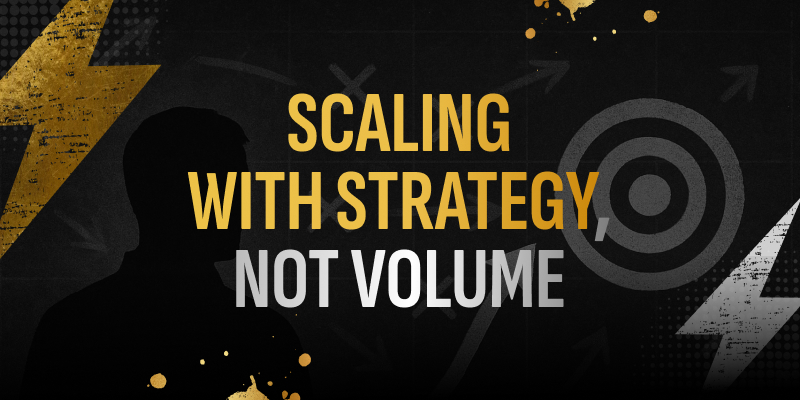
- Rebuild keyword structures. Align budgets to intent clusters. Avoid overlap between cold intent and conquest campaigns.
- Control creative burn. Prioritize ad units with performance lifecycle >4 days. Build variants that support multistage interaction.
- Plan creative refresh by GEO. Avoid global launches. Instead, roll out regionally to observe platform-specific fatigue.
- Pace retargeting by conversion window. Shorten refresh cycles in Tier‑1 GEOs, extend in mid-market regions.
- Hold margin-based CPA targets. If bids rise, match them only when downstream ROAS data justifies. Avoid chasing CPM without LTV validation.
Conclusion
Q2 2025 showed that performance buying in iGaming now demands more than campaign setup. It requires structure, signal depth, and strategic control. With costs rising, the strongest teams are those who adjust fast - not by chasing cheap traffic, but by reallocating smart, refreshing creatives with intent, and building systems that scale sustainably.
At RockApp, we continue to refine acquisition strategies built around cost control, creative performance, and GEO-specific infrastructure. The path forward is not to spend more - it’s to build better.
